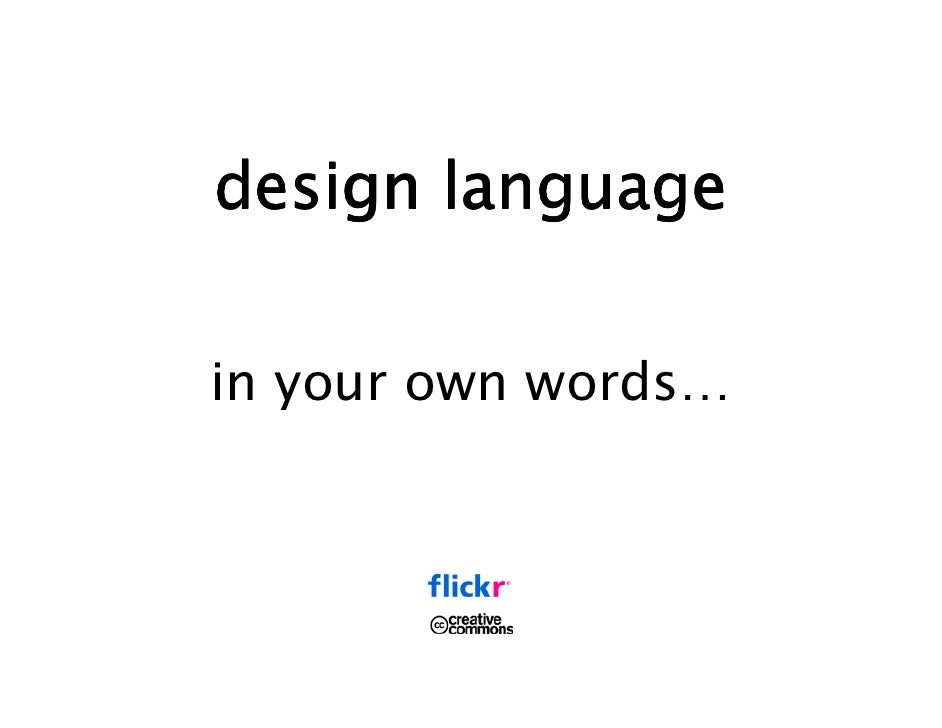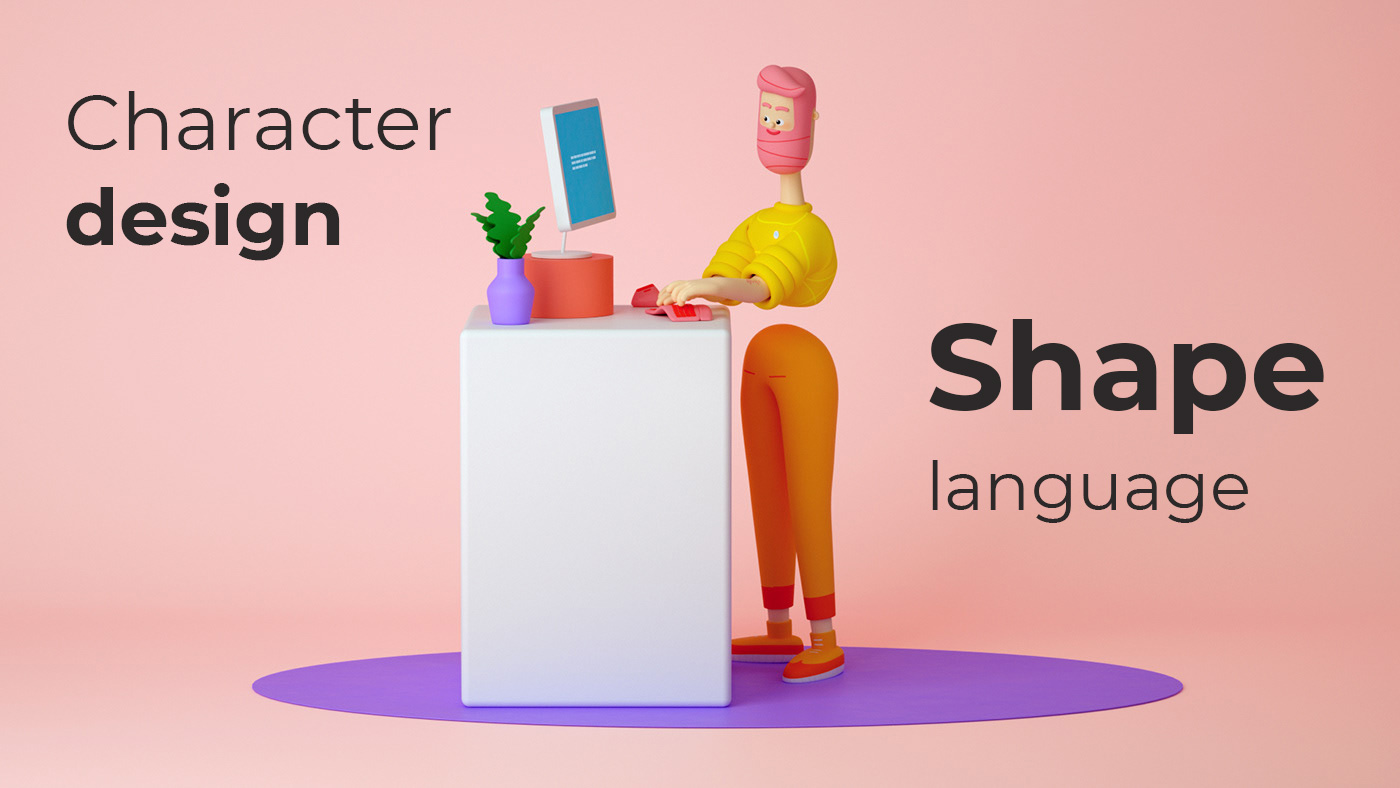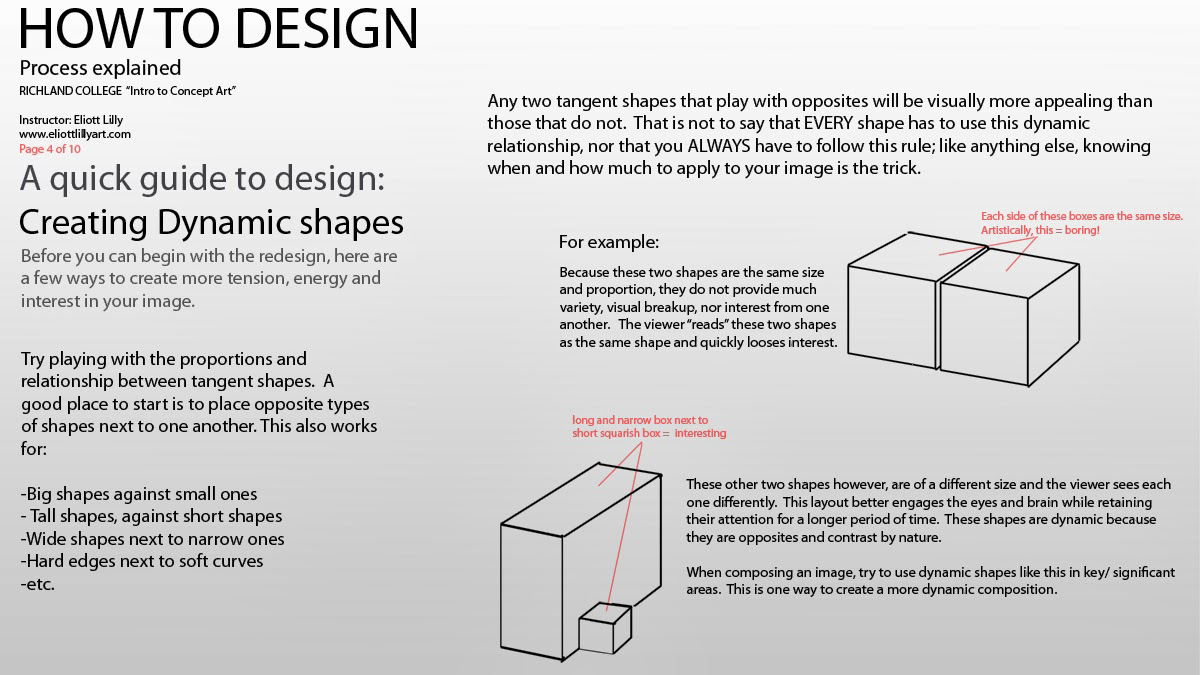Table Of Content

Front-end developers use these libraries to ensure that different parts of a website or app work well together and are easy to navigate. With the digital revolution, the principles of these systems were translated from paper to pixels, growing in complexity to match the sprawling web and burgeoning app market. Giants like Apple in 1987, followed by Google, IBM, and Microsoft, pioneered comprehensive design languages that would dictate the look and feel of countless user interfaces.
THE WHAT AND WHYS OF A PRODUCT DESIGN LANGUAGE
Without a design system, you may find yourself in a crisis of inconsistency—navigating a maze where every turn could lead to confusion, brand dilution, or user frustration. UX guidelines provide best practices for designing user-centric experiences. They often encompass topics like accessibility, usability, information architecture, and user research. While designers are responsible for developing an organization’s design language, it’s a collaborative effort requiring input from multiple departments and stakeholders. This collaboration increases adoption and ownership across the organization. The design language typically relates to the company’s brand values and identity–allowing people to recognize a brand through its designs and content.
Form Layouts
It shapes the way teams build and maintain their digital presence. Inputs like text fields, checkboxes, and radio buttons allow users to interact with your system. They are the basis of forms, which are an essential part of most interfaces, allowing user registration, data input, and configuration settings. Design Manager Juli Sombat sheds light on how a need for more cohesion led Spotify’s design systems team to take a cross-platform approach to components.
The future of design systems is marketing
It is a set of rules or guidelines that heightens the level of harmony in a digital ecosystem. Working in the design industry for the past few years, I have learnt to work with different departments towards the same goal. A complete fully functional product that is easy on the eye and provides a pleasant, if not out of the world, experience. Read along to find out about Design Language Systems and how you can begin to curate one. Think of it as a toolbox that can solve problems and complete tasks. If all attempts to design within the boundaries of the pattern library do not achieve project goals, intuition may lead to the search for a new tool—or perhaps a change to the existing pattern.
Pixel 9 Pro leaks in real-life images with 16 GB of RAM [Gallery] - 9to5Google
Pixel 9 Pro leaks in real-life images with 16 GB of RAM [Gallery].
Posted: Fri, 19 Apr 2024 15:32:00 GMT [source]
Every company needs a top-manager who cares about design and is ready to fight for it. It’s a well-known fact that when the original minimize animation in macOS that was proposed by the Apple motion design team, the engineering team said that it was impossible to implement that. At that time, Steve Jobs insisted that this animation is a must-have for MacOS. As a result, this animation became not only the most memorable transition for first-time users but also one of the things that contribute to good UX in MacOS. Creating a philosophy of design is extremely challenging, and you cannot do it alone.
Principles like accessibility and typography are crucial to create attractive, easy-to-use designs. Everything has meaning and intent, and the structures and ways in which we combine these structures expand upon their meanings or create new ones altogether. This could be used in industries like architecture, interior design, or e-commerce to provide an interactive 3D view of a product or space. For e-commerce sites or applications, this template would include areas for product images, product details, price, add to cart button, and related products. If there’s room to speed up design, prototyping, and updates, a design system can be a catalyst for efficiency, enhancing every stage of product development.
The regulations should be founded on design principles and offer developers and designers with precise, easy-to-follow instructions. These systems bring several advantages to the design and development process. This journey reflects broader trends in the field, from the creation of pattern libraries in the early 2000s to the adoption of responsive design practices. These milestones underscore the significance of design systems as indispensable components of modern digital toolkits. Today, design systems are comprehensive resources that guide the creation of digital products, ensuring they are not only visually cohesive but also intuitively usable across various devices and platforms. This evolution from rudimentary guidelines to sophisticated frameworks illustrates the dynamic interplay between technology and design, marking a continuous quest for efficiency, consistency, and innovation.
Learn more about Design Systems
We will also discuss and analyze specific works of design and how they relate to the larger cultural context in which design operates, and why this is important. We will also learn about critique culture, and the importance of analyzing work based on subjective criteria rather than personal taste or subjective opinions. For example, Airbnb’s design principles prioritize accessibility and functionality. They aim to create “unified, universal, iconic, and conversational” designs.
BMW Vision Neue Klasse revealed with stunning design, huge EV improvements - Autoblog
BMW Vision Neue Klasse revealed with stunning design, huge EV improvements.
Posted: Sat, 02 Sep 2023 07:00:00 GMT [source]
Rune Madsen published a history of design systems as part of his course Programming Design Systems. By unifying the project teams under one shared language, a project can move forward with clarity, cohesion and speed. IBM’s principles aim to create “carefully considered, uniquely unified, expertly executed, and positively progressive” designs. Part of IBM’s design philosophy is to create instantly recognizable designs. Users must be able to identify an IBM product by its design characteristics rather than the logo itself. “A design system is a dynamic dictionary that describes the ever-changing current state of the language, prescribes the proper usage of it, and invites all the users of the language to extend it.” – Marcin Treder.

ArXiv is committed to these values and only works with partners that adhere to them. Savvy consumers look past what a product does; they want to know what makes it authentic? People are not just buying products; they are buying better versions of themselves, and they want to know how it shapes their lives and their narrative. The benefits of a Design Language Systems are endless and can be used not just in the digital ecosystems. Read the next part to read about an example of the Design Language System.
A design language helps establish a consistent look and feel across various product parts, making it easier for users to understand and navigate. With a well-defined roadmap in place, the organization can embark on a transformative journey, unleashing the power of a unified design language across all digital touch points. Creating a strong visual identity is a goal that design teams should state when working on visual design. The colors, typefaces, photos, illustrations, animations are all part of a brand, and they should be designed in a way that helps people remember the product. When an authentic design language is followed consistently, it creates recognizability for the brand. Design languages are similar to love languages, but instead of explaining how you love, it describes why you love.
Part of this process is creating an appealing design language to communicate with users. Design language is comprised of the aesthetic aspects of a product, like material, colors, and typography. This step of product design is incredibly significant as visuals all affect the way a user will interact with and understand the end product. Simply put, creating an engaging design language is essential for having a successful product.
This shop also has—true to its name—a great selection of philosophy and classic literature that will be worth seeking out as well. Finding a great bookstore while traveling can be just as satisfying as spending the day at a beloved museum or sacred monument—and that’s certainly the case in Istanbul. The city is packed with hidden second-hand bookstores and flea market-style book alleys. Depending on the complexity of the design system, it is important to start by taking a comprehensive approach to the problem being solved.

When deciding to break or create a new design pattern, remember the theory of complex systems, and ensure the solution is a shared decision. Design pattern changes or new patterns often arise at the component and interactions level because these define user flows and feature sets. It is common for new user flows to be defined in a product roadmap, especially when rolling out features. By grouping design artifacts into commonly understood topics, the pattern library allows the system to operate across team workflows and develop communication in the way that design patterns are spoken about. One of the primary benefits of using a usability testing template is that it accelerates the research process by incorporating commonly required tasks and questions for each type of usability study.
It will be simpler for teams to produce uniform designs if the guidelines are clear and simple to understand. Creating and implementing a design language system should be seen not asa opulence but as a necessity for brands in the digital era. Developing a design language system ensures brand consistency, boosts efficiency, and enhances scalability while significantly improving the UX through intuitive, accessible, and emotionally resonant interfaces. The importance of a design language is even more pronounced as the complexity of digital products and the diversity of platforms continue to grow.
As a result, users had to stretch their fingers or change their grip in order to interact with the elements. Without a uniform system of communication, not only was the user experience jumbled and confusing, it was extremely difficult to integrate changes into a final design. The principles behind a product’s design philosophy are a litmus test for evaluating a design’s quality and purpose. It allows an organization to assess whether prototypes adhere to its general guidelines.

No comments:
Post a Comment